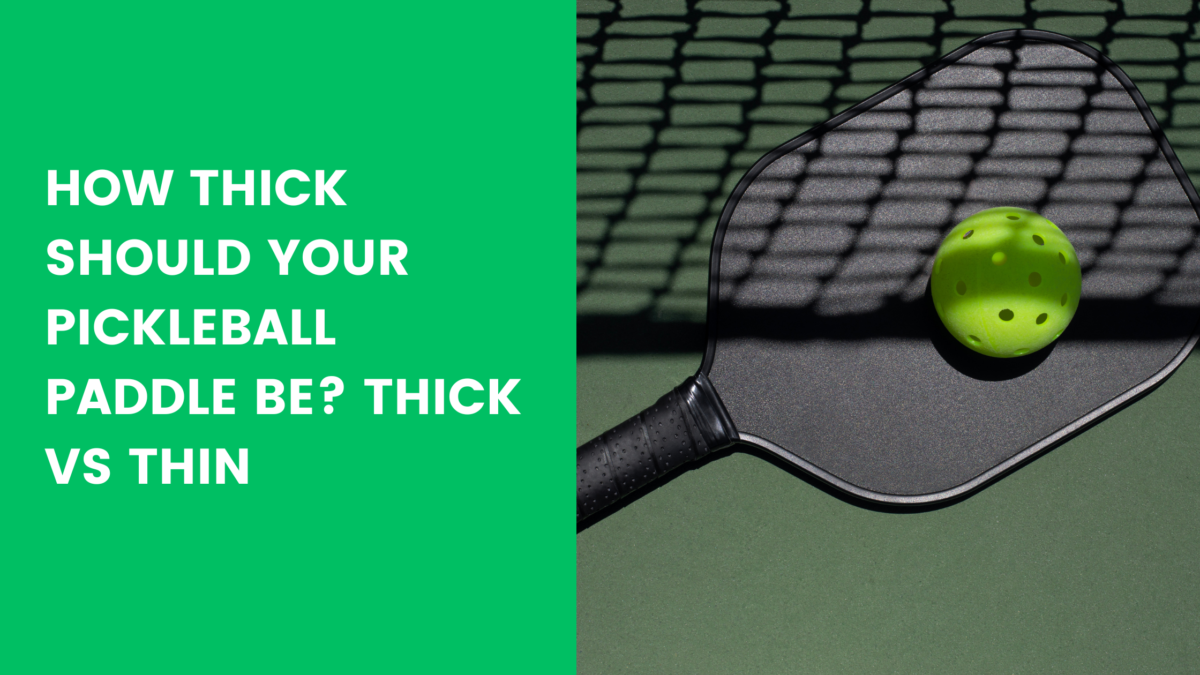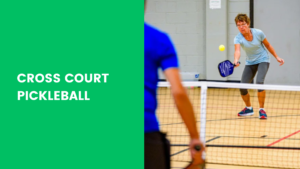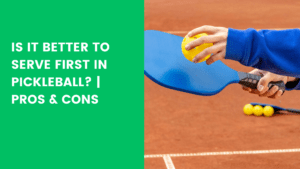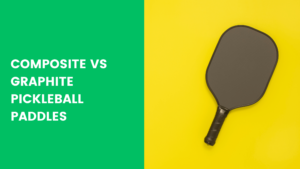With the vast Pickleball paddle varieties available , there are so many features that have to be looked upon before you purchase any pickleball paddle. Ever wondered How Thick Should Your Pickleball Paddle be? One crucial aspect of the game often overlooked by players is the thickness of their pickleball paddle. The thickness of the paddle can significantly impact a player’s performance on the court, influencing control, power, and overall gameplay experience.
let’s learn more:
Understanding Pickleball Paddle Thickness
Pickleball paddle thickness is not just about personal preference; it has a direct impact on how a player interacts with the ball during a game. Thicker paddles generally provide more power but may sacrifice some control, while thinner paddles offer greater precision but with less power behind each shot.
Standard Thickness Guidelines
In the world of pickleball, there are industry-standard guidelines for paddle thickness. These guidelines aim to create a level playing field and ensure fair competition. Most paddles fall within a specific thickness range, and players are encouraged to adhere to these standards for tournament play.
How Thick Should Your Pickleball Paddle be? Thin vs. Thick Paddles
The age-old debate of thin vs. thick paddles continues to divide pickleball enthusiasts. Thin paddles are favored for their maneuverability and control, allowing players to execute precise shots with finesse. On the other hand, thick paddles provide more power, making it easier to drive the ball with force. The choice between the two ultimately boils down to the player’s style and preferences.
Materials and Thickness
The material of the paddle also plays a role in determining its thickness. Different materials have varying weights, affecting the overall feel and balance of the paddle. Understanding the relationship between materials and thickness is crucial for players looking to find the perfect paddle for their game.
Player Skill Level and Paddle Thickness
One size does not fit all when it comes to pickleball paddles. Beginners, intermediate players, and advanced players each have unique needs and preferences. Novice players might benefit from a thicker paddle to enhance their power, while advanced players might opt for a thinner design to maximize their control over the ball.
The Evolution of Paddle Thickness
The history of pickleball paddle thickness has seen significant evolution. Technological advancements have allowed manufacturers to experiment with new materials and designs, pushing the boundaries of what is possible. Today’s paddles reflect a combination of tradition and innovation, offering players a wide range of options to suit their playing style.
Customization Options
For those seeking the perfect fit, customization is an option worth exploring. Some manufacturers provide customization services, allowing players to tailor their paddle’s thickness to their liking. Customization goes beyond aesthetics, influencing how the paddle performs in the hands of the player.
Tips for Choosing the Right Thickness
How Thick Should Your Pickleball Paddle be and Choosing the right paddle thickness can be a daunting task, but it doesn’t have to be. Players are encouraged to try different thicknesses, paying attention to how each one feels during play. Testing paddles of varying thicknesses provides valuable insights into personal preferences and playstyle.
Expert Opinions
To gain further insights into the world of pickleball paddle thickness, we turned to the experts – professional pickleball players. These athletes share their experiences and preferences, shedding light on the factors that influence their choice of paddle thickness. Their expertise can guide players in making informed decisions about their equipment.
Common Myths Debunked
Misconceptions about pickleball paddle thickness abound. Some believe thicker paddles are always better, while others swear by the precision of thinner options. It’s essential to debunk these myths and understand that the ideal thickness depends on various factors, including playing style and personal preference.
Maintenance Tips
Once players find their ideal paddle thickness, proper maintenance is key to ensuring longevity and optimal performance. Regular care, such as cleaning and inspecting the paddle, can help players get the most out of their equipment for years to come.
Impact on Injury Prevention
Surprisingly, the thickness of a pickleball paddle can play a role in injury prevention. Ergonomics and how the paddle interacts with the player’s hand can impact comfort during extended play. Choosing the right thickness can contribute to a more comfortable and injury-free experience on the court.
The Future of Pickleball Paddle Technology
As technology continues to advance, so too does pickleball paddle design. What does the future hold for paddle thickness and overall design? We explore potential trends and innovations that could shape the next generation of pickleball equipment.
Conclusion
In conclusion, the thickness of your pickleball paddle is a critical factor that can significantly influence your game. Whether you prioritize power, control, or a balance of both, understanding the nuances of paddle thickness is essential. The way a paddle plays can be significantly affected even if it is constructed with identical specifications but has a different core thickness. Millimeters (mm) are frequently used to measure core thickness. It’s important to remember that many businesses either don’t disclose their core thickness or do so in inches or fractions, which can further complicate matters.






Pingback: 5 Critical Mistakes Every Beginner Pickleball Player Should Avoid - All about pickleball
Pingback: Top 5 Best Pickleball Paddle Edge Tape: A Comprehensive Review - All about pickleball
Pingback: Does the Paddle You Use Really Matter? - All about pickleball
Pingback: What is the Best Core Material for Pickleball? - All about pickleball